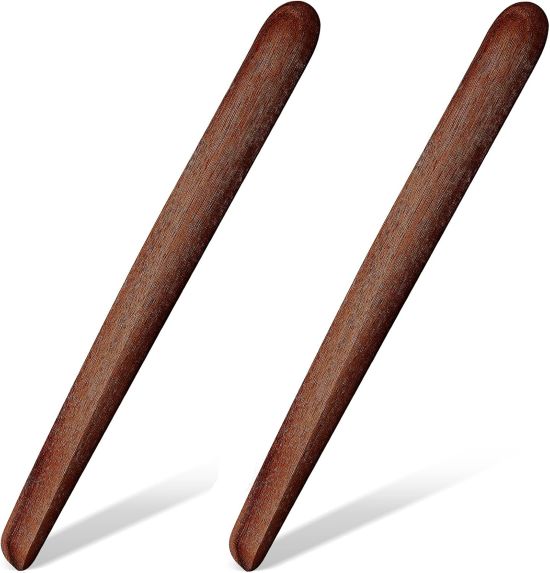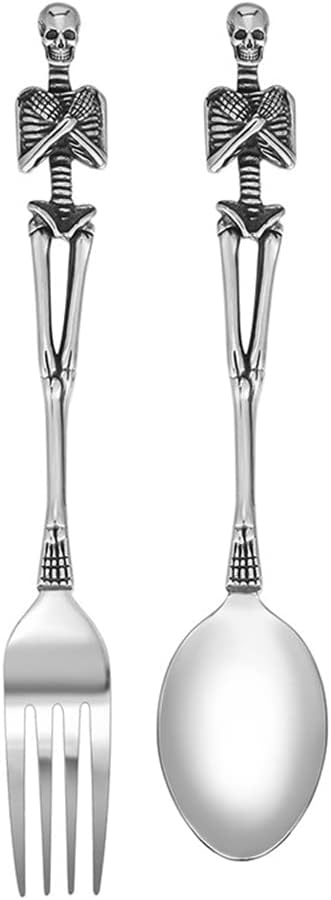A spurtle is a traditional Scottish kitchen utensil (it is not a Pokémon!), typically made of wood, designed for stirring, mixing, and serving food. Unlike a standard spoon, a spurtle has a cylindrical or slightly tapered shape, which helps prevent lumps from forming when stirring porridge, soups, or sauces. Its origins date back to the 15th century in Scotland, where it was primarily used for making porridge, ensuring a smooth and even consistency. Modern spurtles come in various designs, including flat, slotted, or contoured versions, making them versatile tools for many cooking tasks.
In the kitchen, a spurtle is useful for stirring thick mixtures like oatmeal, risotto, or stews because its unique shape allows for better movement through the pot without excessive sticking. It is also great for folding ingredients gently into batters, spreading toppings, or even scraping the sides of bowls and pans without damaging nonstick surfaces. Some chefs prefer using a spurtle over a spoon because it reduces surface tension, helping to keep mixtures light and airy. Additionally, wooden spurtles are naturally antimicrobial and don’t transfer heat like metal utensils, making them safer for handling hot dishes.
I want a spurtle for myself because it combines tradition, functionality, and aesthetics in a way that enhances cooking. Its ergonomic design would make stirring more efficient while also being gentle on my cookware. I love the idea of using a tool with historical roots that still holds up in modern kitchens. Plus, a well-crafted wooden spurtle would add a rustic charm to my kitchen while being an eco-friendly alternative to plastic utensils. Whether I’m making porridge, soups, or baking, a spurtle would be a practical and enjoyable addition to my cooking routine.




